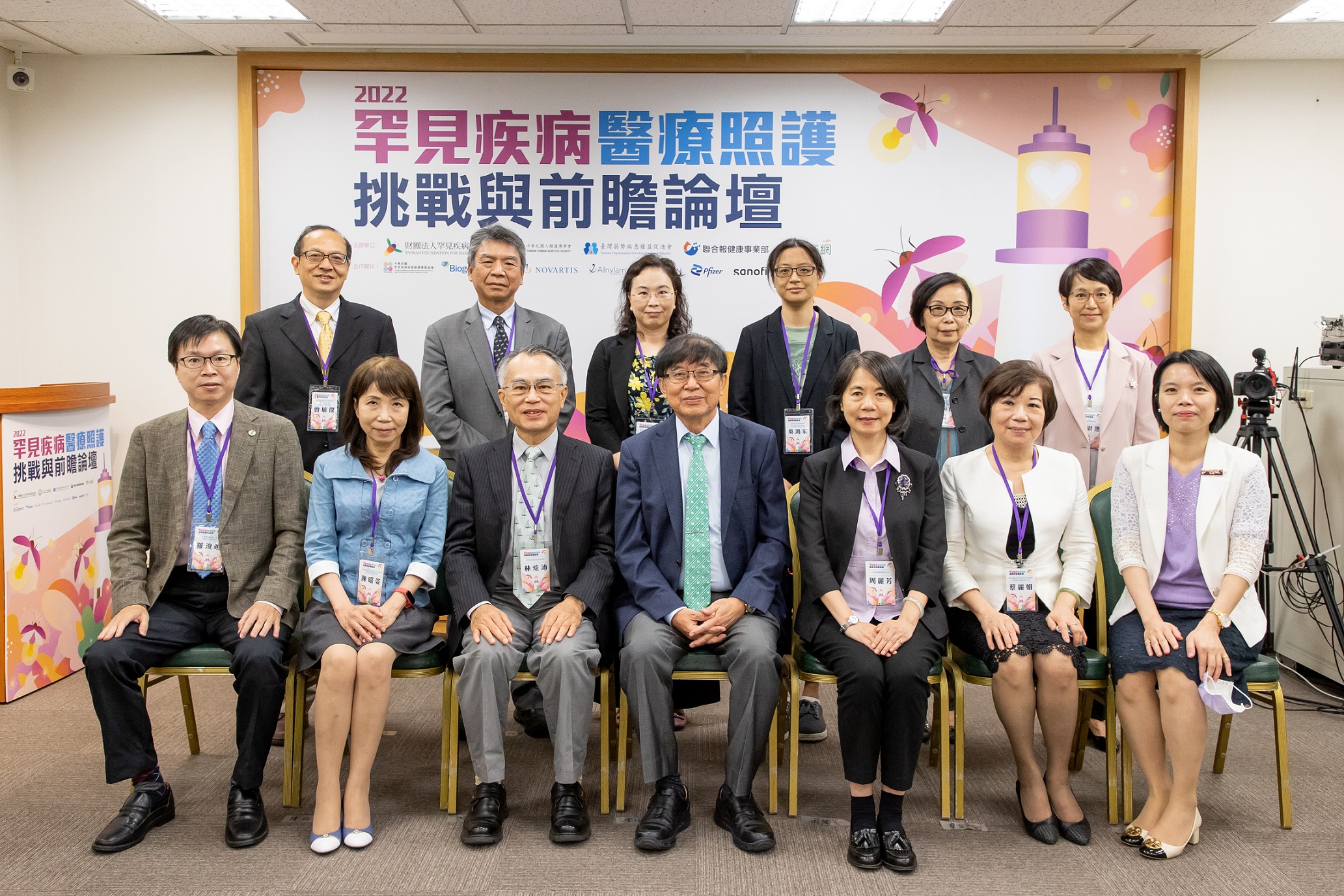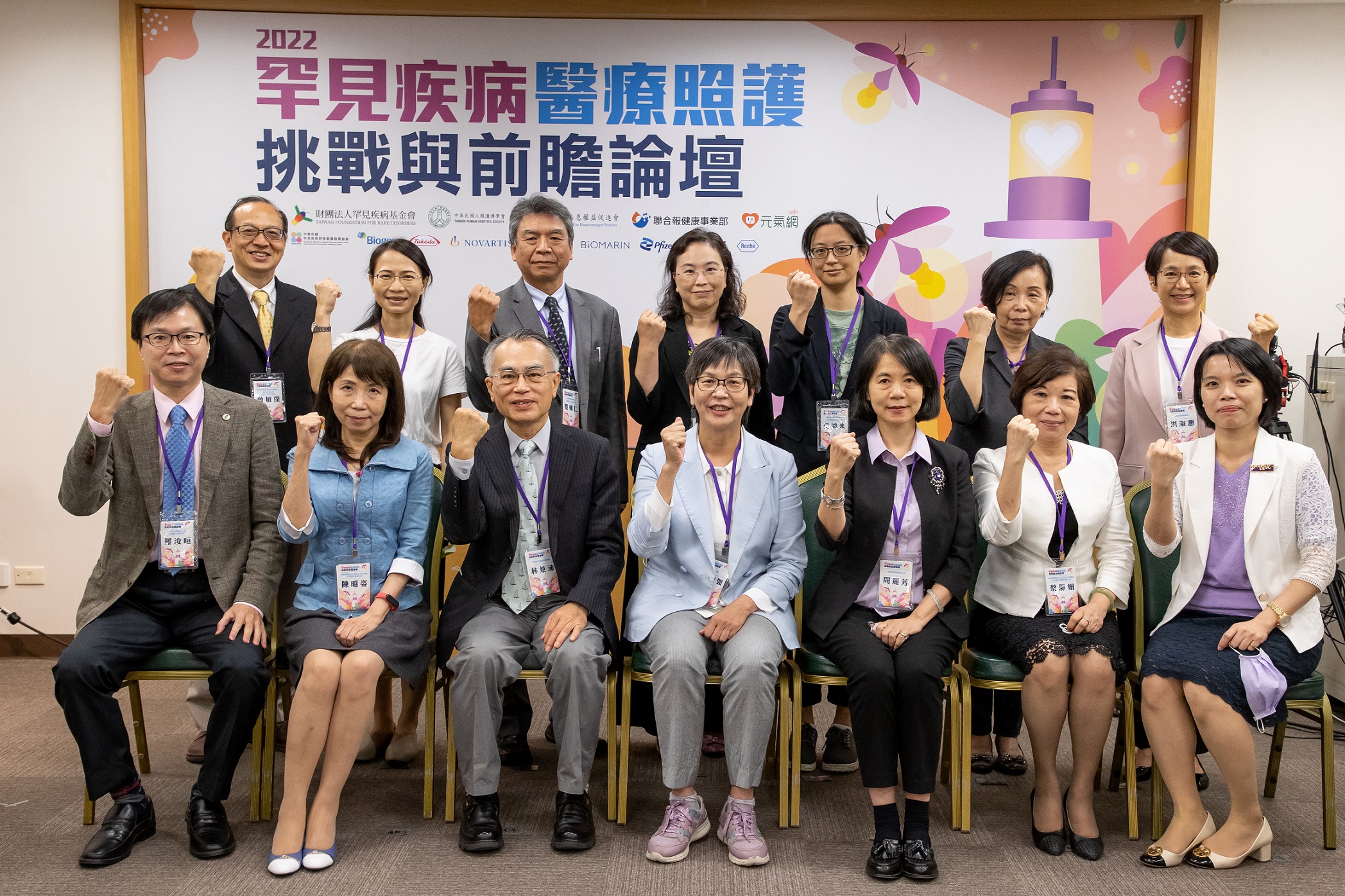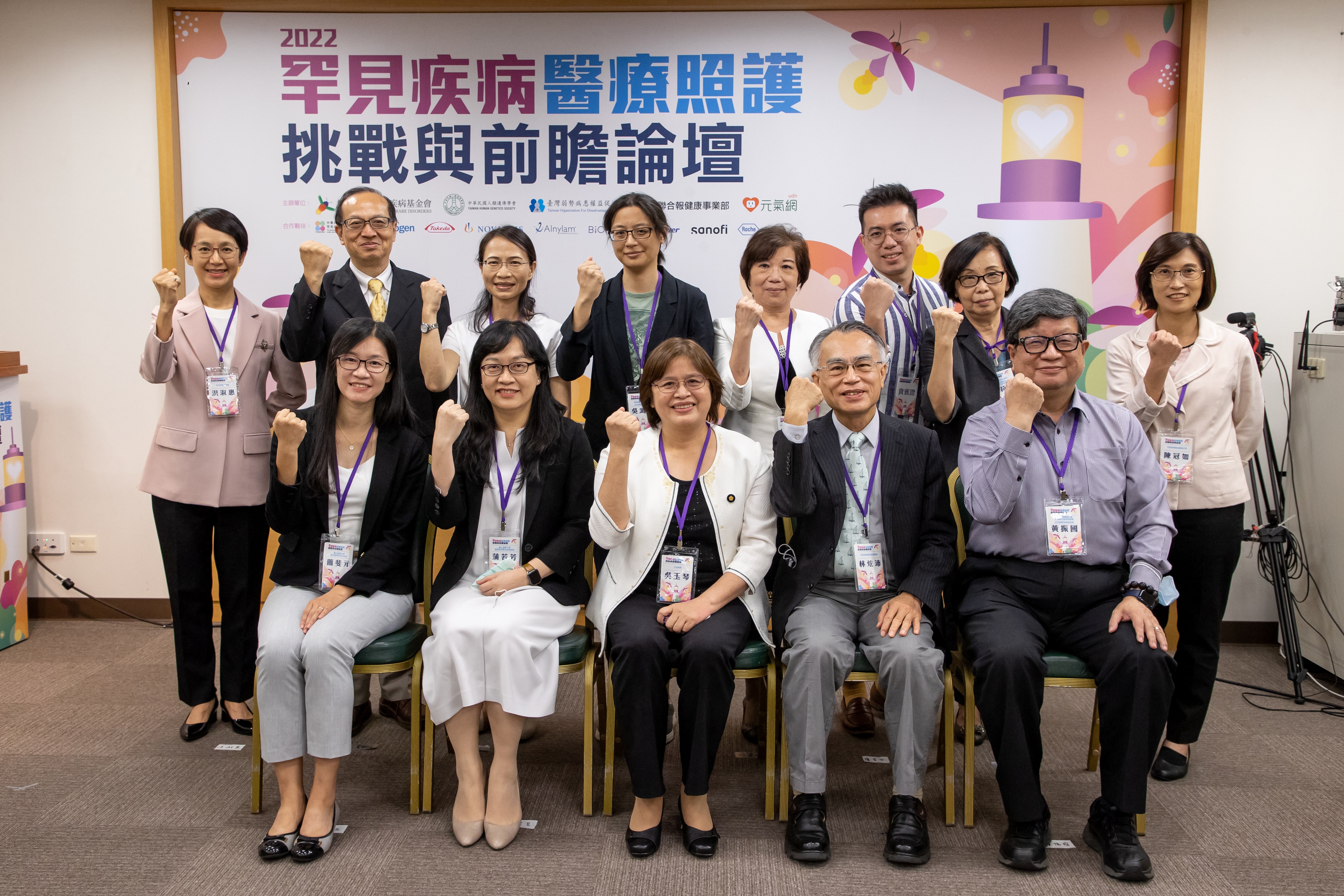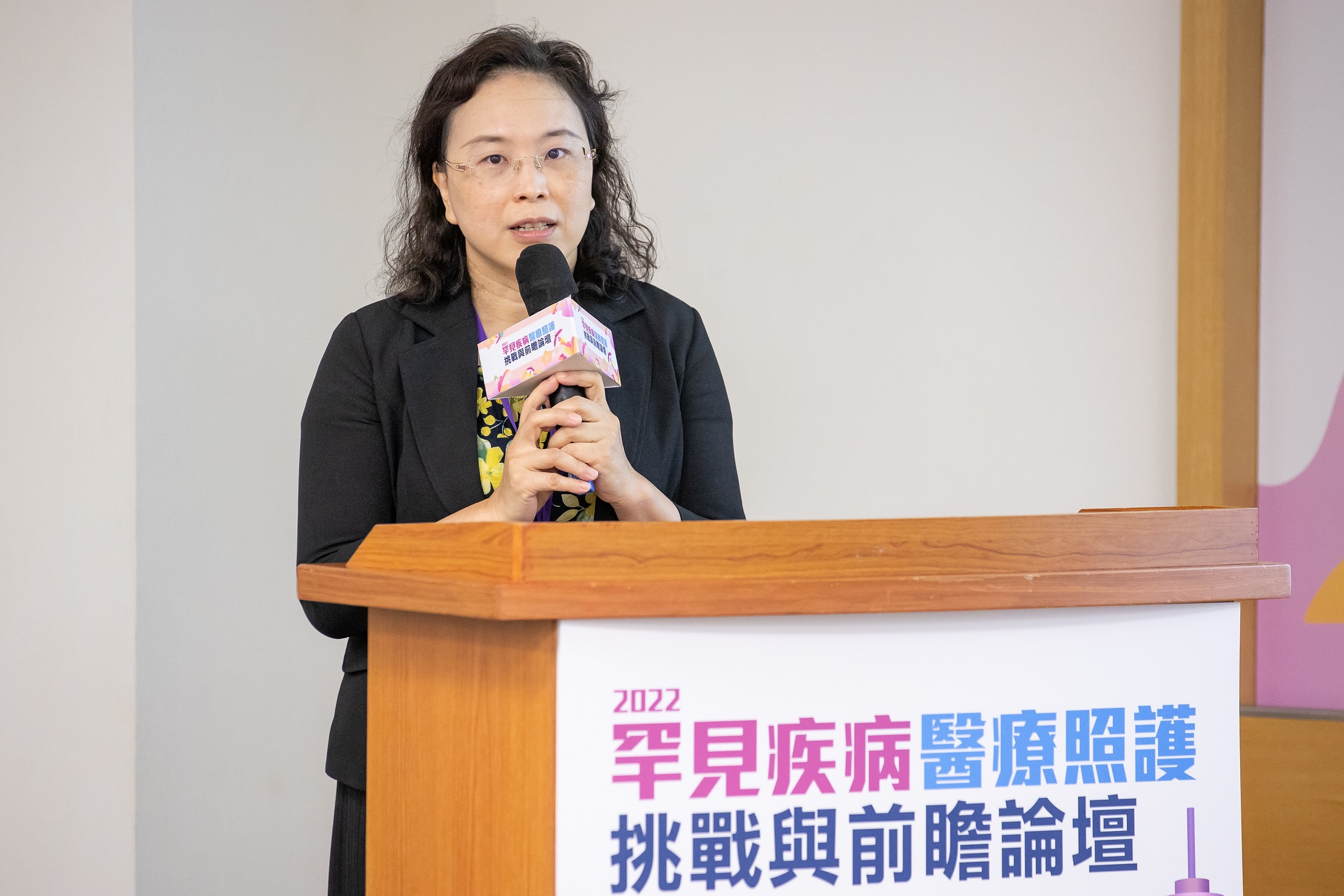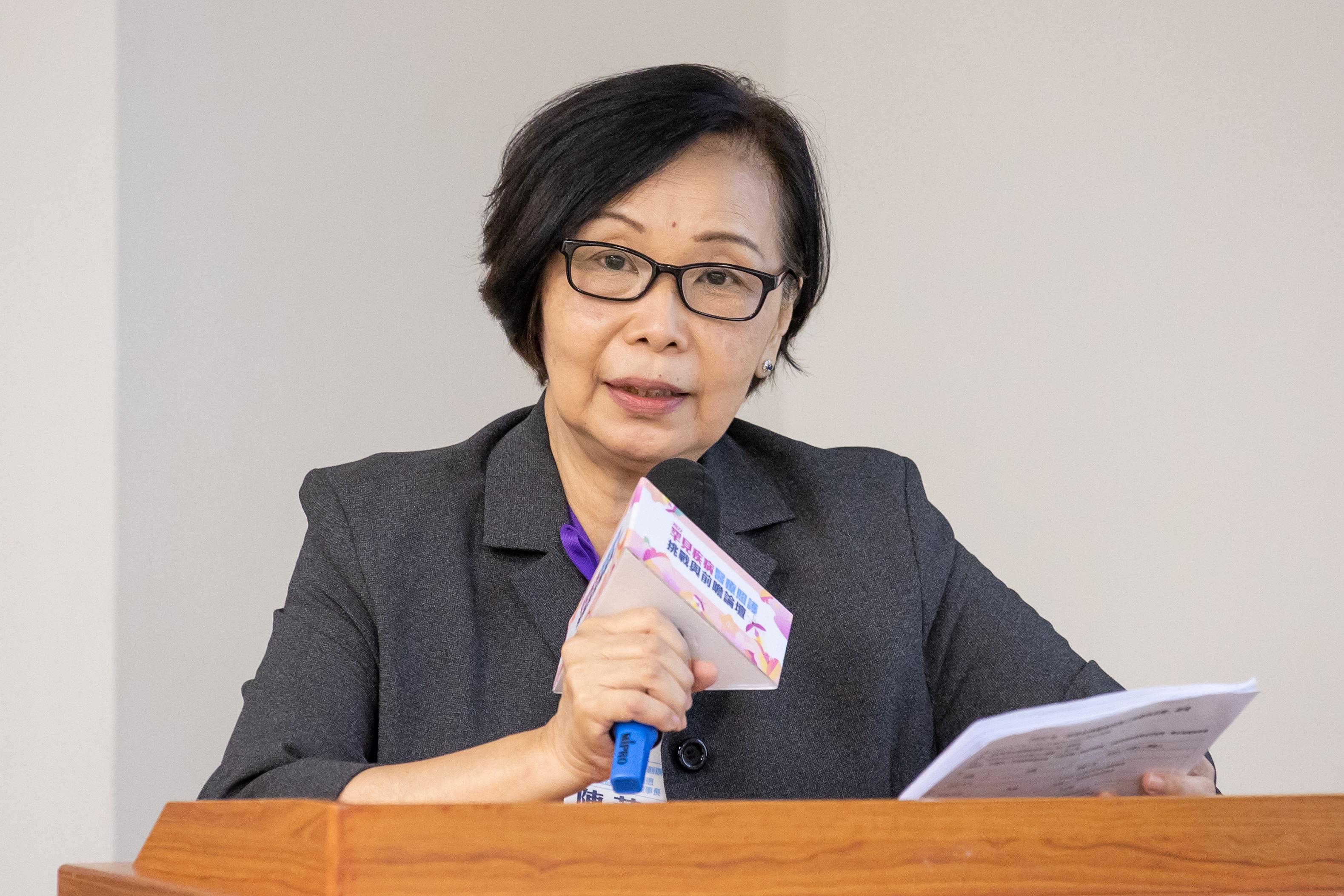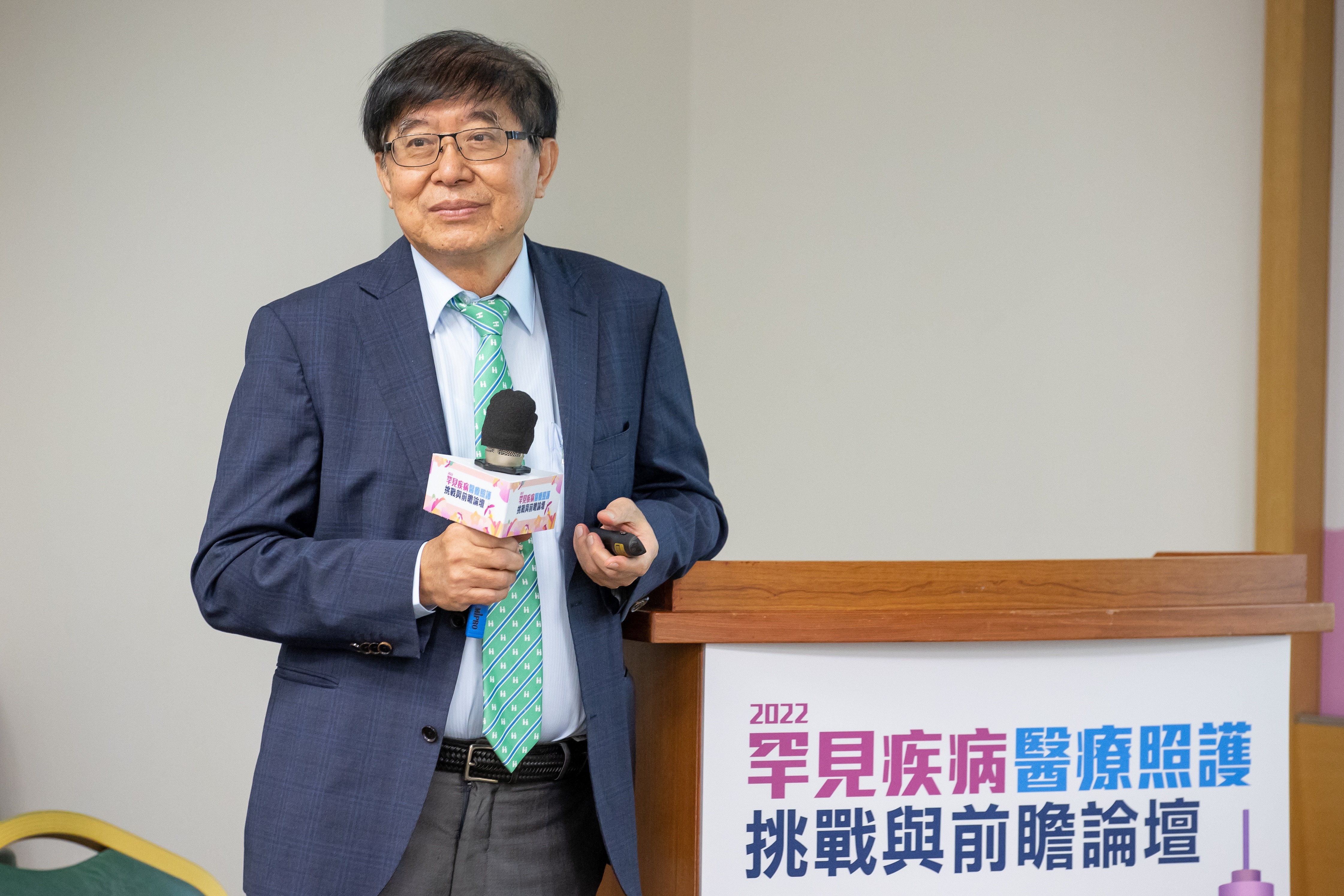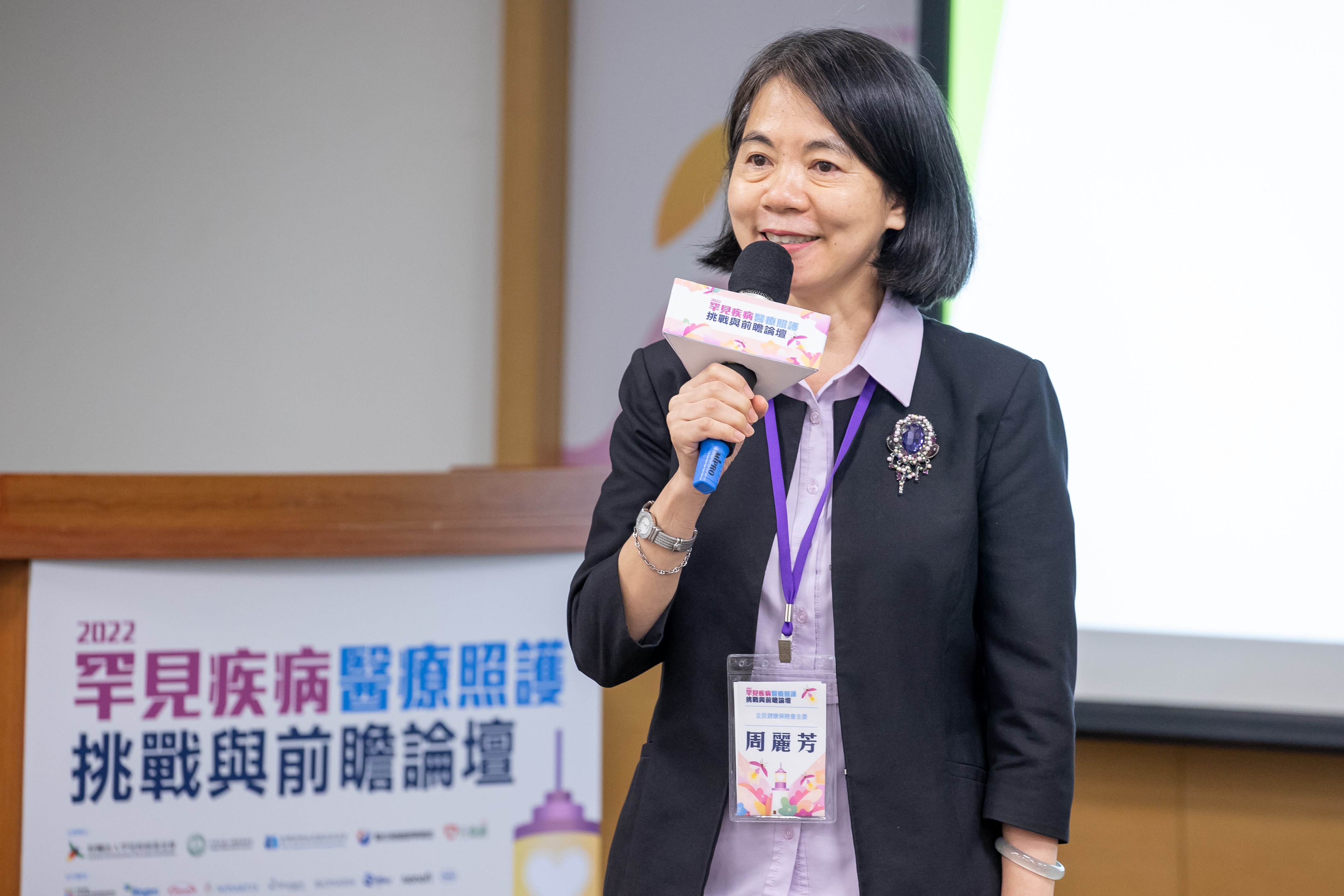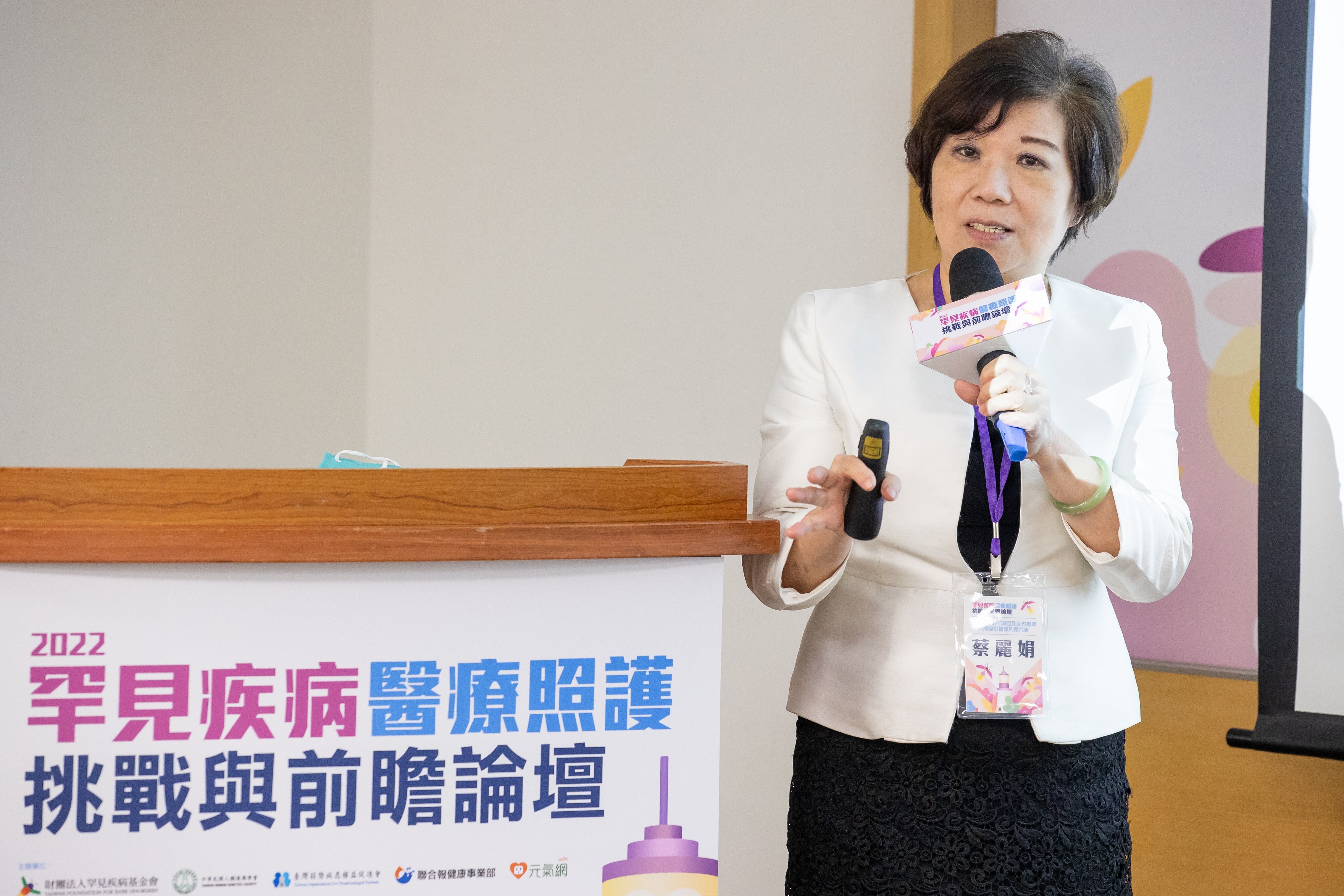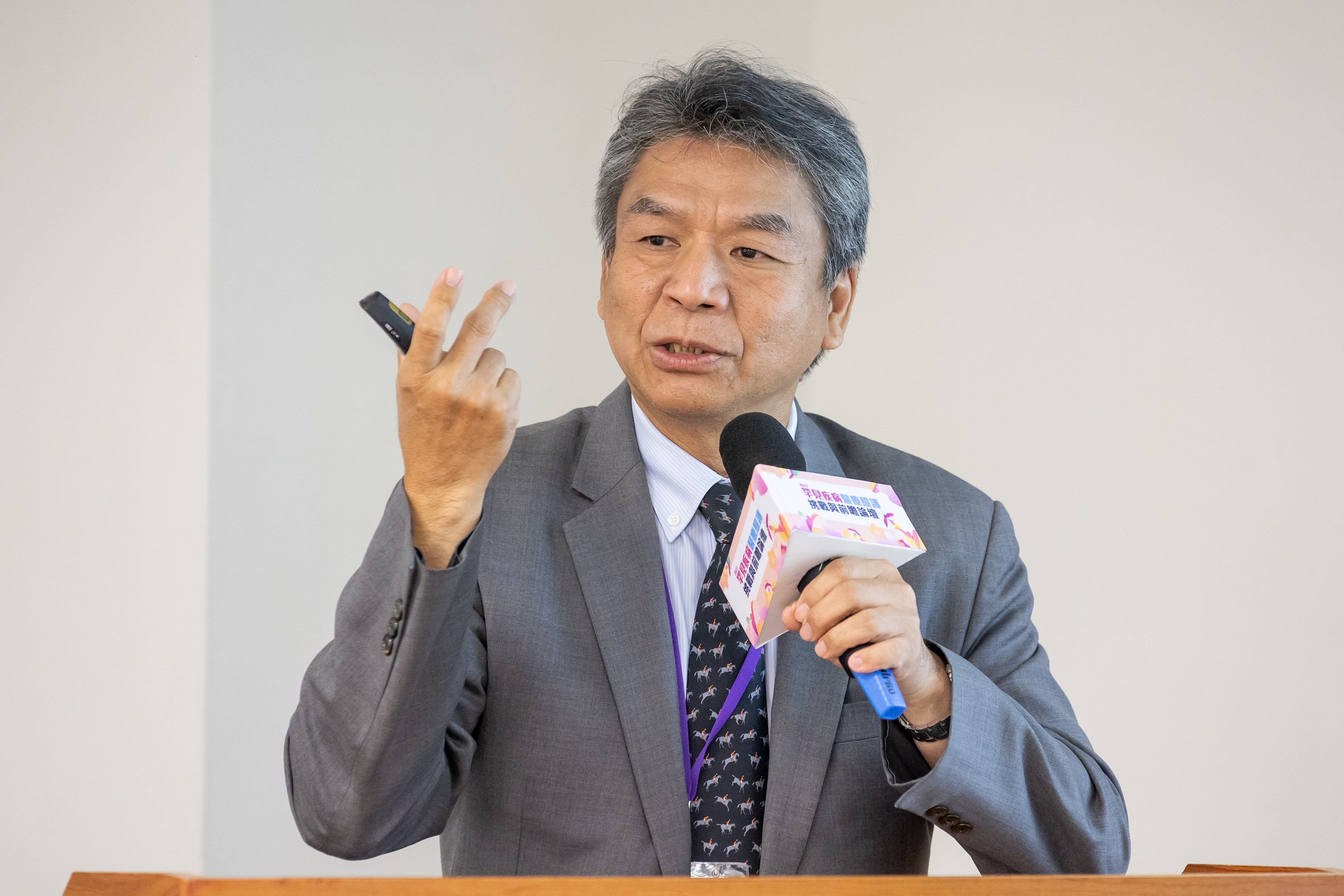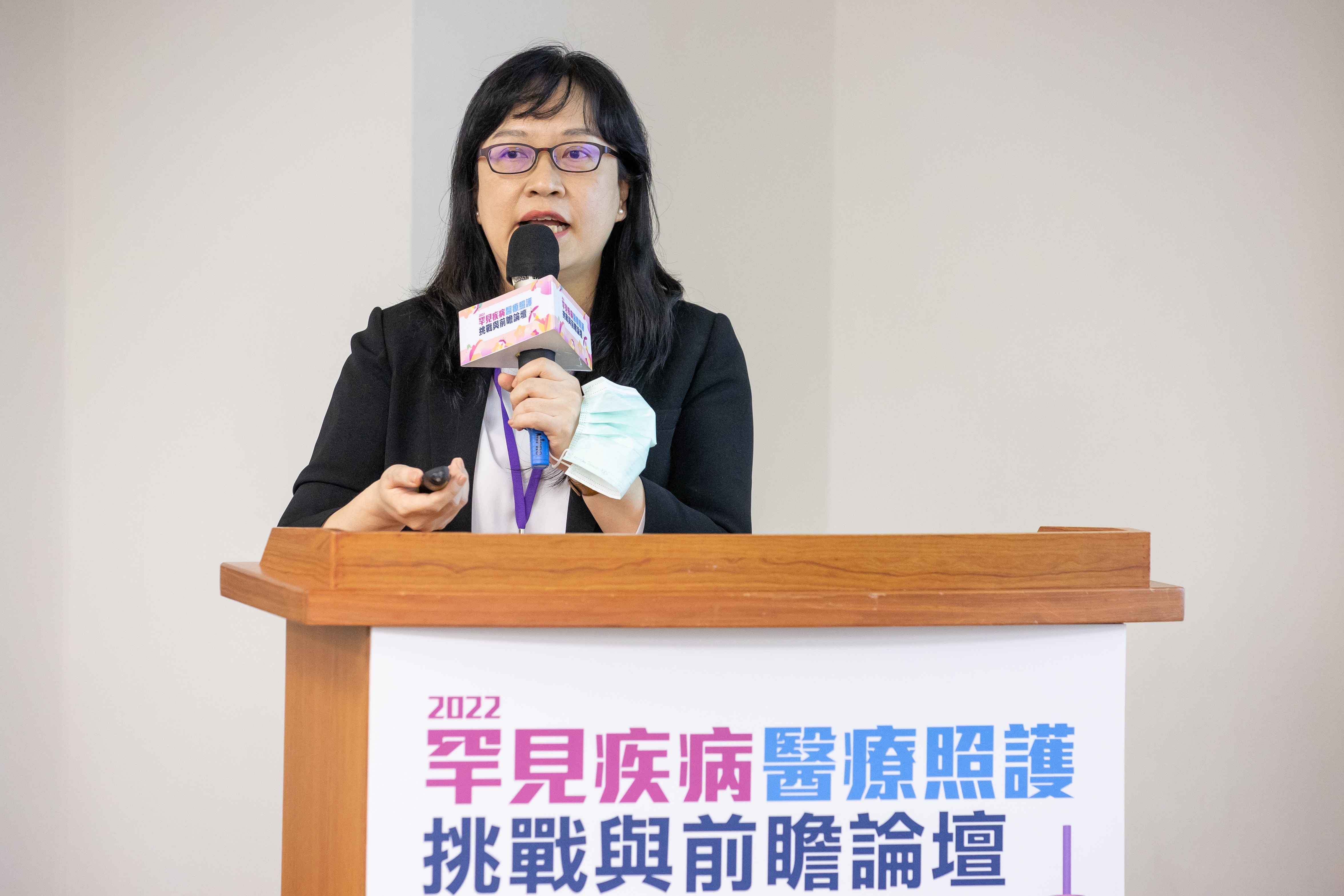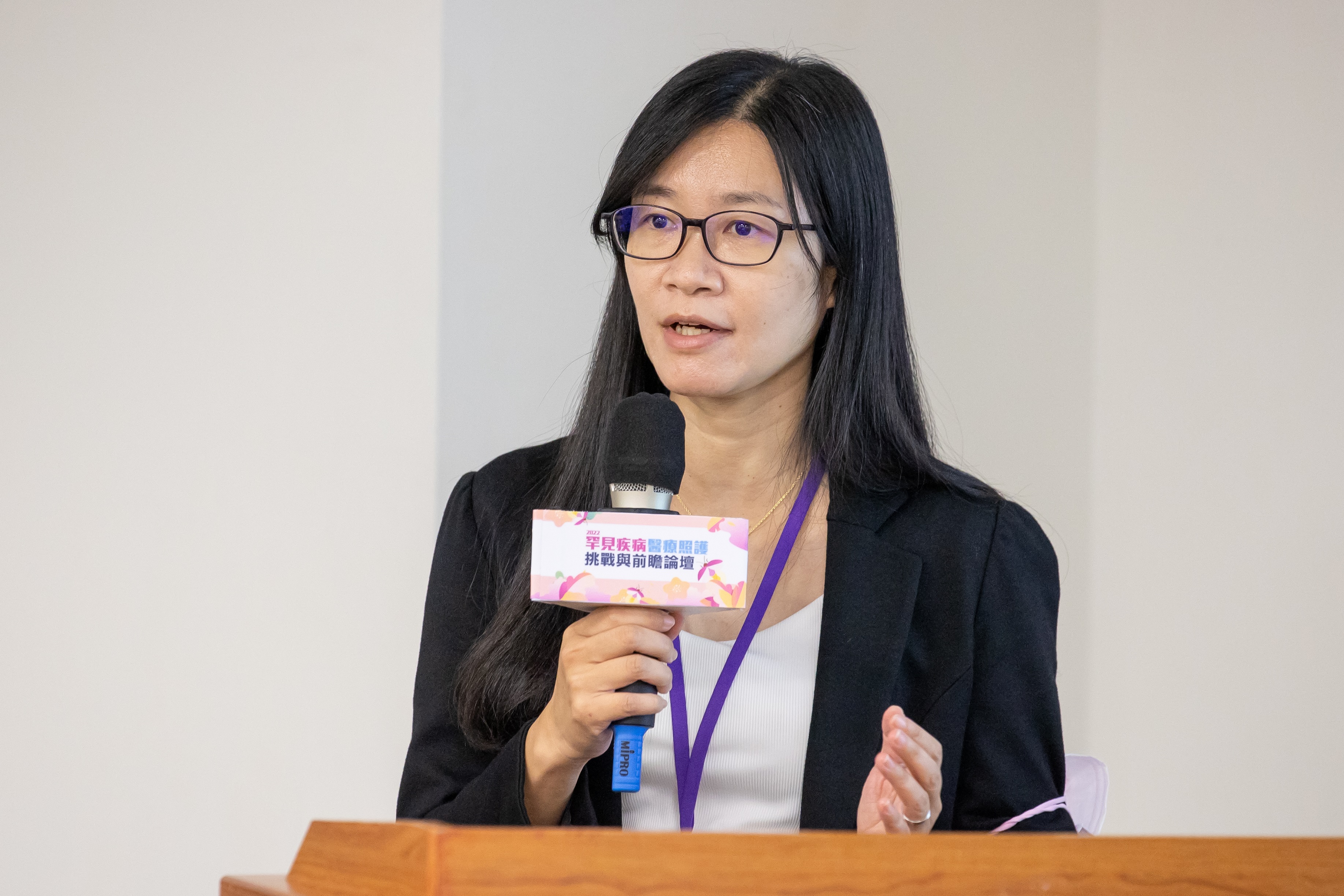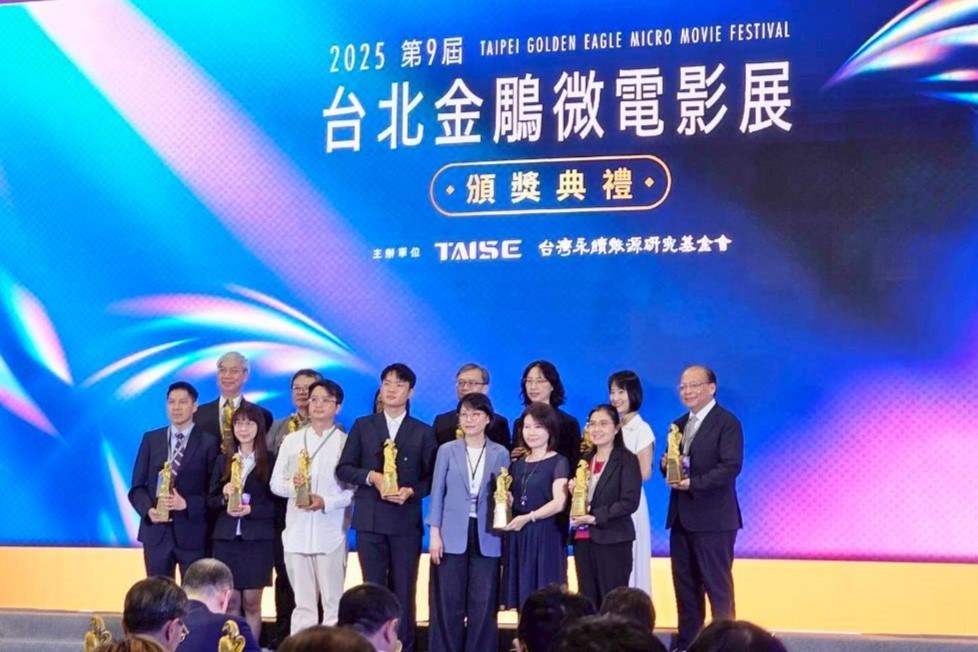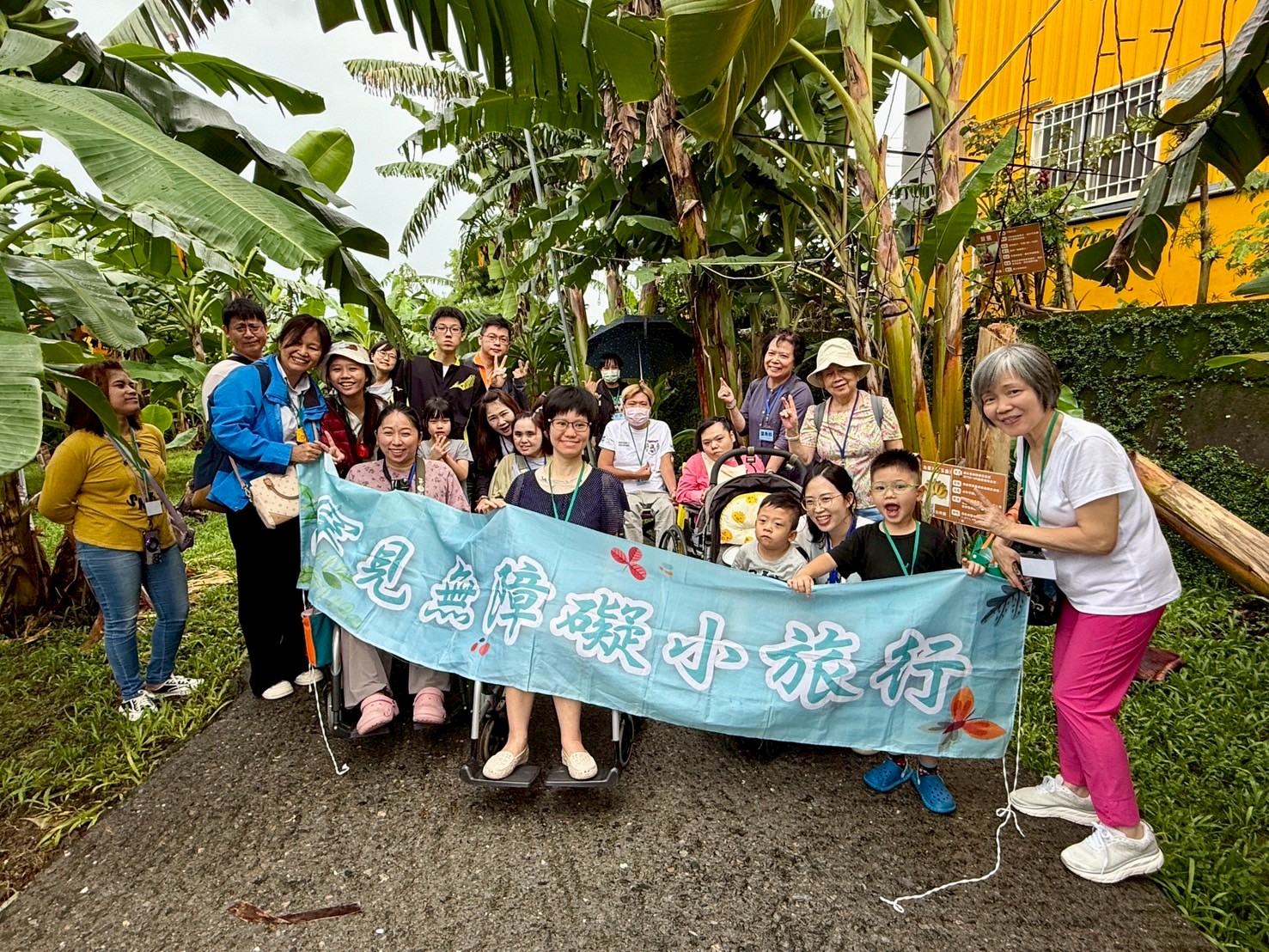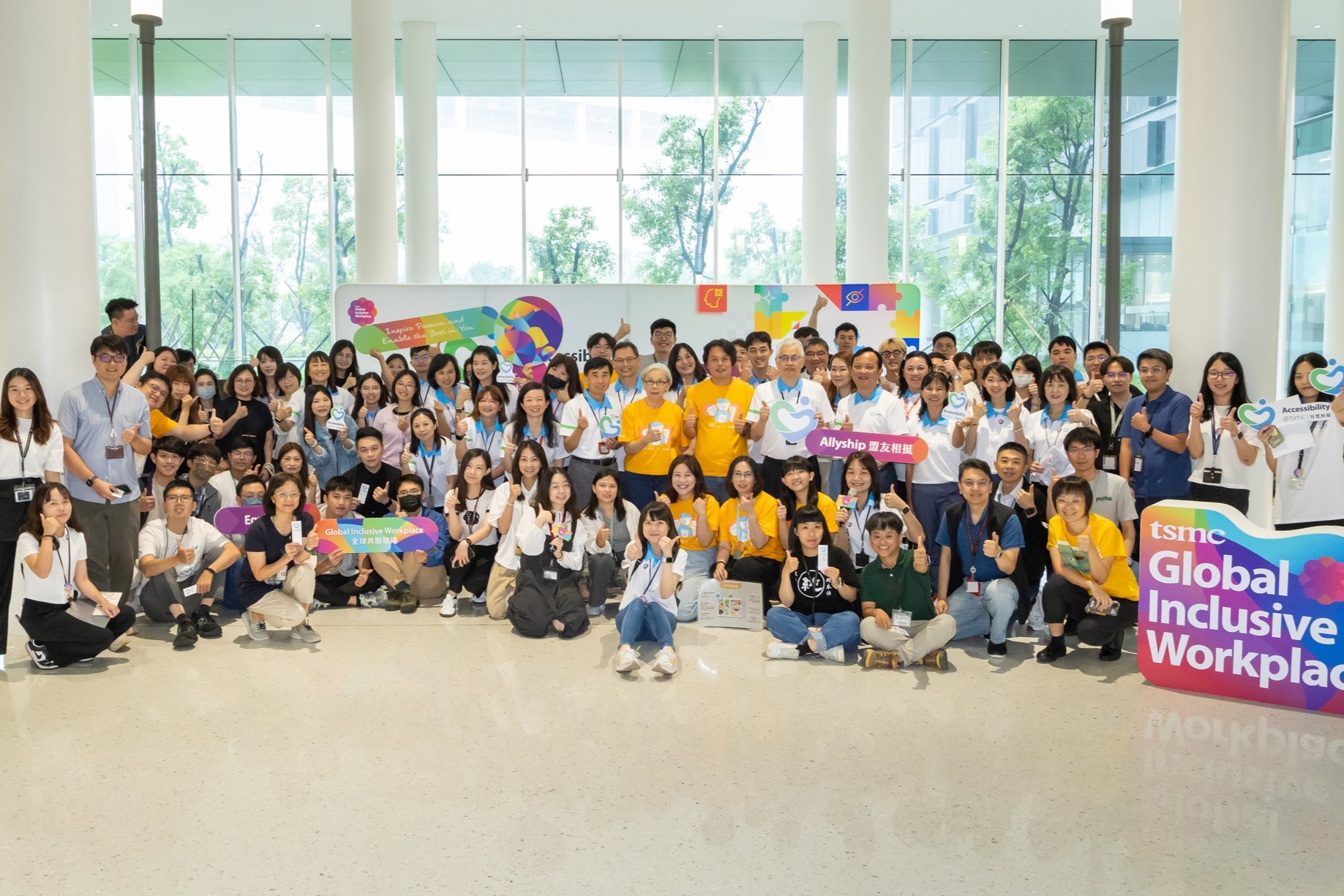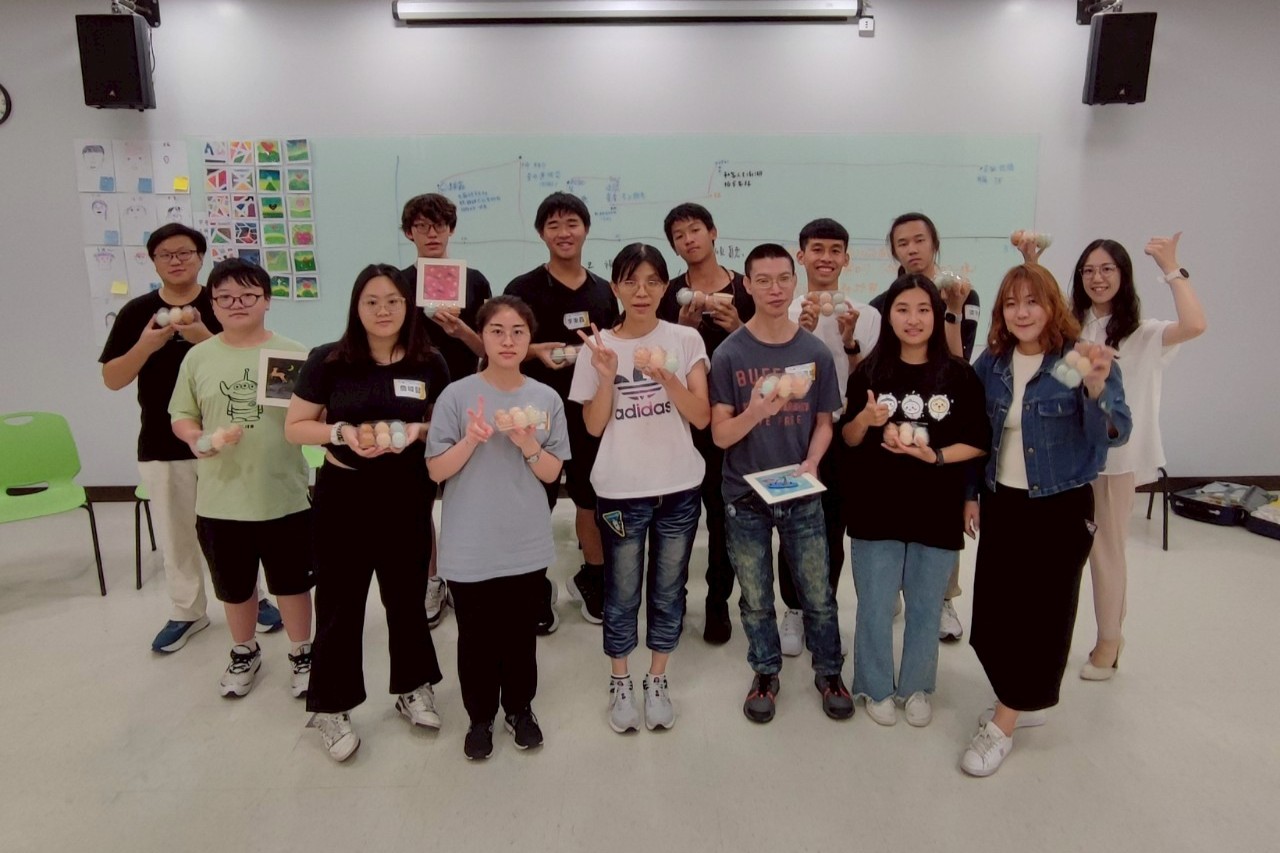News
Challenges and Future Prospects of RD Healthcare
The forum for the "Challenges and Future Prospects of Rare Disease Healthcare" initiative officially kicked off on Tuesday, September 27, at the Chang Yung-Fa Foundation International Conference Center.
The event brought together over 20 experts and scholars from the fields of rare diseases, healthcare, and pharmaceuticals for an in-depth and unreserved discussion. The engaging dialogue garnered significant attention, attracting nearly 68 participants, including members of patient advocacy groups and healthcare professionals.
Limited options and lengthy approval period for orphan drugs in Taiwan and South Korea, according to Economist Impact
At the beginning of the forum, Economist Impact presented a survey report, published on September 6, revealing significant disparities in the reimbursement of orphan drugs between Taiwan and countries like France, Germany, the United Kingdom, Australia, Japan, South Korea, and others. The report identified Taiwan and South Korea as nations with "limited options and lengthy approval period," with only two to three orphan drugs approved for insurance reimbursement.
Moreover, it highlighted the challenges in obtaining licenses for additional orphan drugs, and even when licensed, the process of being included in Taiwan's National Health Insurance (NHI) list can take an average of 30 months or longer. This prolonged approval period poses a significant hurdle for patients with rare diseases in Taiwan, severely limiting their access to essential treatments.
Policymakers urged to focus on value over price / Yin-Hsiu Chien
Yin-Hsiu Chien, Head of the Department of Genetic Medicine at National Taiwan University Hospital, is one of only two experts from Taiwan featured in an interview with Economist Impact. In her remarks, she urged policymakers involved in rare disease drug reimbursement to look beyond the high costs of these medications. She emphasized the broader social value they provide, such as improving quality of life, alleviating financial burdens on families, enabling patients to return to normalcy, actively participating in society, and ultimately giving back to the community.
A key issue is ACCESS / Serena Wu
Another representative from Taiwan, Serena Wu, Founder of the Taiwan Rare Diseases Foundation, who was interviewed by Economist Impact, cited the survey results and kept calling out: “A key issue is ACCESS.”
Wu highlighted as mandatory social insurance, the National Health Insurance best fulfills the spirit of risk pooling. To address the pressing needs of rare disease patients, she outlined several key recommendations. These include increasing funding for rare disease medications, reforming reimbursement procedures to better accommodate these drugs, and ensuring that health technology assessment (HTA) consider the positive significance of orphan drug reimbursement for the prevention and treatment of rare diseases and the diverse social values.
Furthermore, she called for the presentation of local quality-adjusted life year (QALY) and incremental cost-effectiveness ratio (ICER) metrics to support these reforms. Most importantly, Wu stressed the necessity of expanding patient participation, allowing individuals to voice their genuine needs and concerns regarding access to life-saving treatments.
Building a judicious allocation and increasing investment in rare disease treatment / Po-Chang Lee
In a statement, Po-Chang Lee, Director-General of the National Health Insurance Administration (NHIA), addressed the complexities involved in determining drug reimbursement decisions. He noted that experts from diverse backgrounds often hold varying perspectives during discussions, making it challenging to reach a consensus.
Lee emphasized the NHIA's commitment to safeguarding the medical rights of patients with rare diseases. He urged that while the government must consider the voices of all stakeholders in resource allocation, it should not overlook the needs of these patients and their advocates.
Lastky, by implementing tiered medical care and co-payment under the new system, the NHI will have more financial resources. He expects that with a reasonable allocation of NHI resources, more resources can be invested to help patients with rare diseases.
The potential of the orphan drug market should not be overlooked / Li-Fang Chou
Li-Fang Chou, Director of the National Health Insurance Committee, emphasized that collaboration between the public and private sectors is crucial in advancing the rights of rare disease patients. Despite the numerous challenges in the orphan drug market—such as a limited patient base, incomplete pathological data, difficulties in drug development, and high costs, all compounded by fiscal concerns—the market's potential growth cannot be overlooked. With rapid advancements in medical technology, the development of new treatments and drugs, alongside government subsidies and incentives for orphan drugs, the future prospects of this market remain promising.
I have to speak up for myself! / Li-Chuan Tsai
Li-Chuan Tsai, the attending representative of the National Health Insurance Co-Planning Committee (NHICC), emphasized that with the implementation of the second-generation National Health Insurance (NHI), all matters related to budget planning and drug reimbursement must be collectively deliberated by various stakeholders through NHICC. However, patient advocacy groups face challenges in this process. Currently, they are allocated just one seat, determined by lottery, among the 14 representatives of insured parties, making it difficult for these groups to effectively voice their concerns.
Tsai proposed several measures to improve the participation of patient groups in the NHI Committee. First, she suggested that a permanent seat be granted to patient representatives, allowing them to maintain a clearer and more consistent understanding of the ongoing issues within the NHI system. This would enable them to better contribute to discussions. However, she also acknowledged the needs for patient groups to enhance their expertise in the complexities of the NHI and to articulate their positions with clear, logical reasoning.
HTA as a tool for patient engagement / Li-Yin Huang
In 2015, the National Health Insurance Administration (NHIA) launched the "New Drug and Medical Device Patient Opinion Sharing Platform," allowing patient advocacy groups and individuals to provide feedback on medications. These insights are then relayed to experts on the National Health Insurance Co-Planning Committee (NHICC) for consideration. According to Huang Li-Yin, Head of the Health Technology Assessment (HTA) Unit at the Center for Drug Evaluation, the NHIA has actively established new communication channels in recent years. In addition, a pre-meeting session would be held ahead of NHICC to gather local patients' experiences with medications, and the findings would be incorporated into the HTA report. Huang emphasized that patient participation plays a crucial role in the evaluation process.
Back in those years, we went through a period of shortage of medication / Fu-Jen Tsai
Fu-Jen Tsai, President of the Taiwan Human Genetics Society, told us that more than 20 years ago, he personally witnessed many patients waiting for the approval of drug certificates, drug research and development, and the process of being covered by insurance. During the waiting process, there were many complex emotions intertwined. One second they were happy that there was a drug to treat the disease, but the next second they were caught up in the anxiety of the drug being expensive, the drug license not being approved, and the National Health Insurance not covering it.
Tsai has witnessed the emotional changes of patients and their families. He does not want to go through those dark days again. Therefore, he urged the government to pay attention to the right to medication of rare disease patients and not exclude their right to health.
How to balance economic costs and rare disease healthcare? / Ruo-Fang Pu
Ruo-Fang Pu, an assistant professor in the Department of Health Services Administration at Taipei Medical University, asserted that the traditional HTA and ICER procedures are inadequate for evaluating orphan drugs. Pu highlighted that the limited patient population for these drugs often results in insufficient scientific evidence to support their assessment. Moreover, she emphasized the challenges in integrating local drug experience from Taiwan into these evaluation frameworks. Taiwan is currently grappling with the challenge of finding an appropriate balance between economic cost considerations and the right to healthcare for the rare disease community. There is a pressing need for the orphan drug evaluation process to integrate a broader range of social perspectives, ensuring that the needs of all stakeholders are adequately addressed.
The social value attached to orphan drugs cannot be ignored / Fei-Yuan Hsiao
Fei-Yuan Hsiao, Director of the Graduate Institute of Clinical Pharmacy at National Taiwan University, outlined five key considerations in the National Health Insurance (NHI) review process: the value of new medical technologies (including orphan drugs), unmet medical needs, clinical efficacy, cost-effectiveness, budget impact, and other values.
He emphasized that economic cost estimates remain central to the review process. However, the final criterion—“other values”—raises the question of what broader benefits can be derived from it.
Director Hsiao shared that patient involvement in decision-making, the right to advocate for their own healthcare, and the sharing of personal experiences are all ways in which social value can be represented. He noted that amplifying these voices marks an important trend for the future.
Advancing together towards a new era of diverse breakthroughs / Ruth Chen
Over the past two decades, Taiwan has witnessed a significant evolution in the development of orphan drugs, according to Ruth Chen, Executive Director of the Taiwan Foundation for Rare Disorders (TFRD). Once in a period of stagnation, Taiwan’s efforts in orphan drug development have entered a phase of diversified breakthroughs.
TFRD's recent data collection from patient groups reveals the primary concerns of those affected by rare diseases. The most pressing issues include the availability of effective treatments, whether these drugs are covered by the National Health Insurance (NHI) reimbursement list, and the development of new treatment methods.
Patient groups unanimously believe that the NHI is not investing sufficient resources in rare disease treatment. They call for a reasonable increase in funding for orphan drugs and a relaxation of reimbursement criteria for rare diseases.
Additionally, patient advocacy groups suggest that the health technology assessment (HTA) evaluations should adopt a more comprehensive approach. Among the top three recommended indicators are the significance and value of treatments in preventing and addressing genetic rare diseases, the potential reduction in the need for other medical interventions post-treatment, and patients' ability to regain self-care capabilities in daily life.
These insights reveal that the expectations of patient groups extend beyond medical or economic indicators, emphasizing the importance of social impact as well.
Over the past two decades, Taiwan has witnessed a significant evolution in the development of orphan drugs, according to Ruth Chen, Executive Director of the Taiwan Foundation for Rare Disorders (TFRD). Once in a period of stagnation, Taiwan’s efforts in orphan drug development have entered a phase of diversified breakthroughs.
TFRD's recent data collection from patient groups reveals the primary concerns of those affected by rare diseases. The most pressing issues include the availability of effective treatments, whether these drugs are covered by the National Health Insurance (NHI) reimbursement list, and the development of new treatment methods.
Patient groups unanimously believe that the NHI is not investing sufficient resources in rare disease treatment. They call for a reasonable increase in funding for orphan drugs and a relaxation of reimbursement criteria for rare diseases.
Additionally, patient advocacy groups suggest that the health technology assessment (HTA) evaluations should adopt a more comprehensive approach. Among the top three recommended indicators are the significance and value of treatments in preventing and addressing genetic rare diseases, the potential reduction in the need for other medical interventions post-treatment, and patients' ability to regain self-care capabilities in daily life.
These insights reveal that the expectations of patient groups extend beyond medical or economic indicators, emphasizing the importance of social impact as well.
Translator: David Lee (Becker Muscular Dystrophy)

